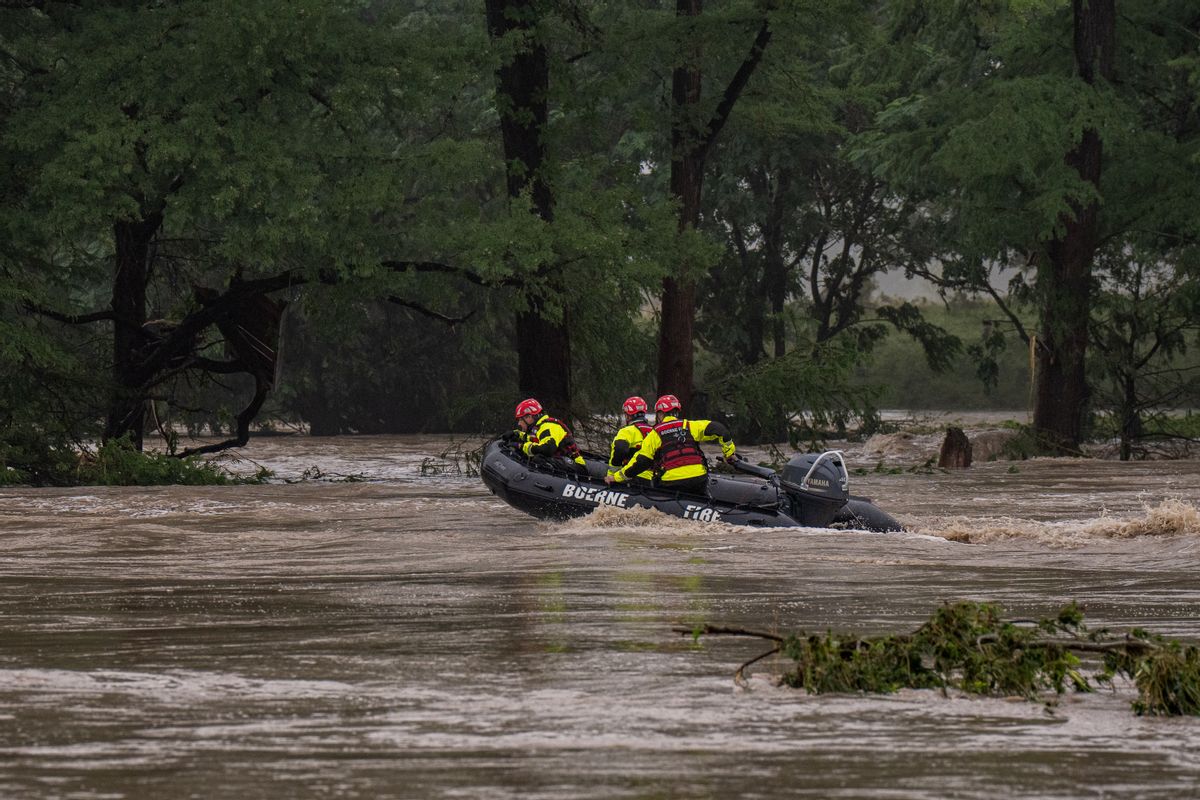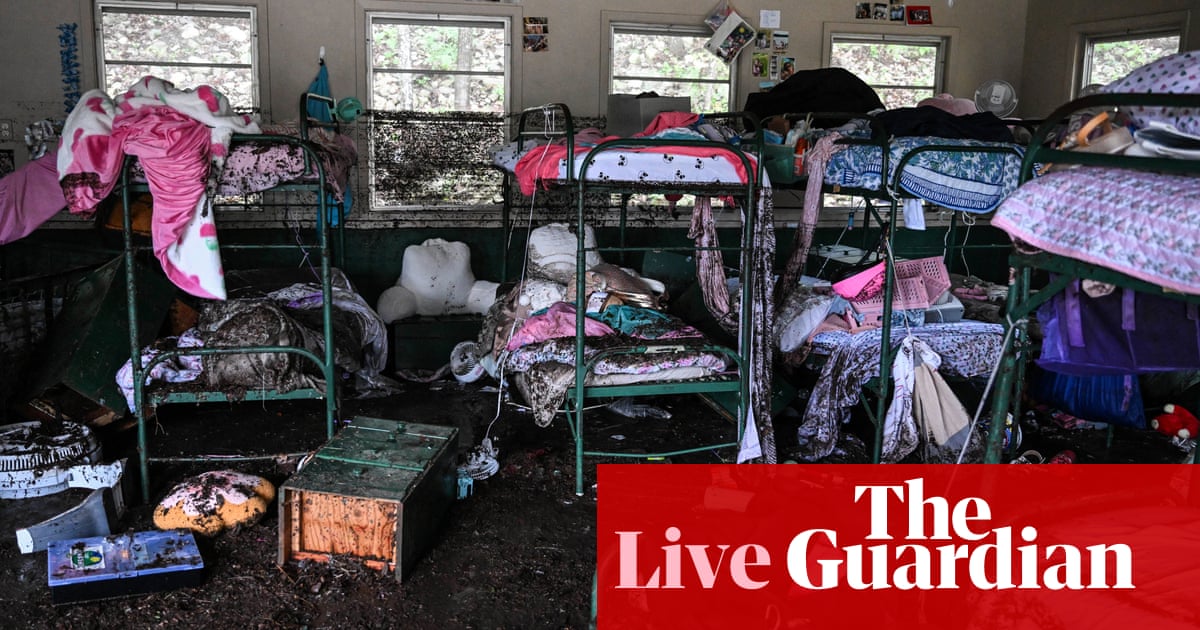Devastating Flash Flooding in Texas Raises Questions About Emergency Preparedness

On July 4, 2025, central Texas experienced catastrophic flash flooding that tragically claimed the lives of at least 100 individuals. The subsequent outcry on social media platforms implicated former U.S. President Donald Trump's administration in the disaster, attributing blame to significant staffing cuts at the National Weather Service (NWS) that may have hampered timely emergency responses.
The NWS had issued a series of alerts in advance of the flooding, including a flood watch early on July 3 and escalating to a flash flood emergency by 4:03 a.m. on July 4. Despite these efforts, the severity of the flooding was exacerbated by the timing of the disaster occurring during the night—a fact that complicated public communication in an area known for its inadequate emergency alert systems. Many individuals present in the region for the Fourth of July festivities were unfamiliar with local weather risks, heightening the danger.
While it is true that Trump's administration implemented budget cuts that affected operational staffing within the NWS, a spokesperson clarified that both weather offices involved in monitoring the affected areas were fully staffed during the disaster. The initial rainstorm began on July 2, 2025, and escalated dramatically on the night of July 3, leading to flash flooding that overwhelmed local waterways. Just hours before the flooding peaked, the water levels on the Guadalupe River rose drastically from 1.82 feet to an alarming 34.29 feet.
As of July 8, reports confirmed that at least 84 people had died in Kerr County alone, with additional fatalities occurring in nearby counties. The deluge drew widespread speculation and criticism, particularly on platforms like TikTok and X. Many posts suggested that the budget cuts forced by the Trump administration, particularly those associated with the Department of Government Efficiency initiative, hampered the NWS's ability to provide adequate warnings and ensure public safety.
The NWS operates 122 offices across the nation with 13 River Forecast Centers that play a crucial role in issuing local flood forecasts and warnings. The offices responsible for the Texas flood are the San Angelo and Austin/San Antonio weather service offices. A representative from the NWS indicated that extra personnel were on duty during the holiday weekend to manage the flooding event effectively.
Flash floods are characterized by their rapid onset and require accurate meteorological data to predict effectively. Meteorologists must forecast where heavy rainfall will occur and assess whether the precipitation aligns with established thresholds for flash flood warnings. In this case, the West Gulf RFC had rated the risk for flash flooding as 'marginal' to 'slight' in the days leading up to the disaster, but local forecasts noted uncertainties regarding storm development.
On July 3, the prediction was complicated due to the area's terrain influencing rainfall distribution. The forecasts pointed to the potential for torrential rain, with warnings issued as early as the afternoon. As the situation escalated, the NWS issued a flood watch, followed by a flash flood warning, and ultimately an emergency alert, indicating a life-threatening scenario.
Despite warnings being issued approximately three hours before the first reports of flooding were recorded, the challenge lay in effectively communicating the danger to residents, particularly as the event unfolded in the early hours of the morning. The Fourth of July holiday likely drew a larger number of visitors to the area, many of whom were unaware of the specific flash flood risks.
Kerr County Judge Rob Kelly pointed out that local residents had previously rejected proposals to install a flood siren system due to cost concerns, which may have contributed to the communication shortfalls during the disaster. Although some critics have pointed to staffing shortages as a contributing factor, the NWS maintained that its offices were adequately staffed for the event.
In a broader context, reports have indicated that over 600 NWS employees left their positions due to the policies of the Trump administration and that staffing levels have been a concern for years. As the NWS seeks to stabilize its operations, they are moving personnel around to meet immediate needs and are expected to announce new permanent positions to address critical vacancies.


























